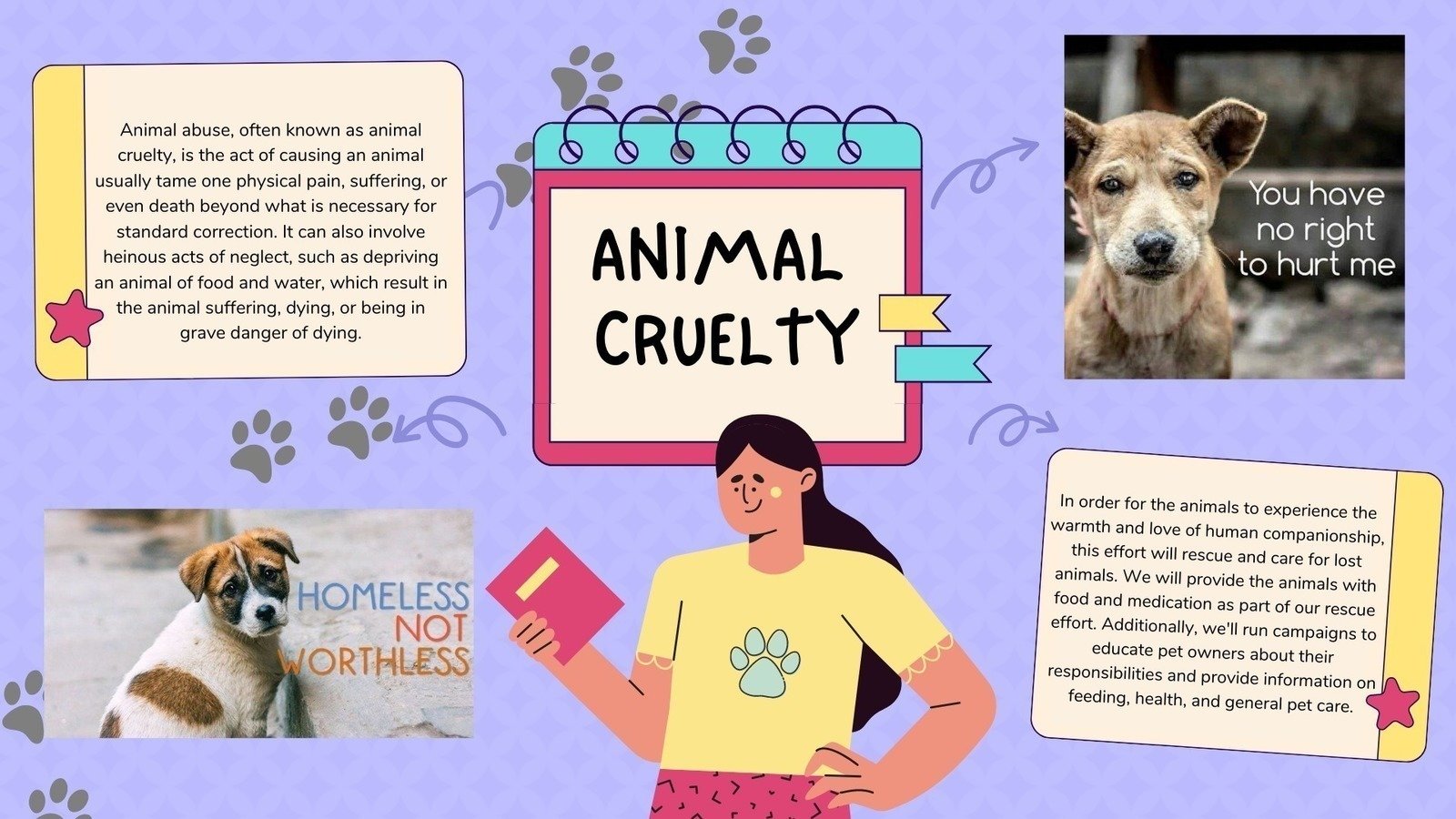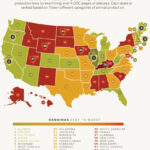Animal cruelty is an abhorrent reality, manifesting in various forms across the globe. Its existence invokes outrage and grief among animal lovers and advocates alike. However, steps are being taken, both legally and educationally, to address and combat this injustice. The efforts to prevent animal cruelty encompass a diverse array of strategies, including legislation, advocacy campaigns, educational initiatives, and community involvement. Understanding how these measures are being implemented is crucial to fostering a more humane world.
Legislative Action: The Framework of Protection
Legislation serves as the backbone of animal welfare, providing a framework for the protection of animals against cruelty. Many countries have established comprehensive animal cruelty laws that define abusive behavior and establish penalties for individuals who inflict harm upon animals. In the United States, for example, the Animal Welfare Act (AWA) sets standards for the humane treatment of animals and prohibits various forms of mistreatment. Laws vary significantly between states, with some states enforcing stricter regulations than others. The progression towards more humane laws reflects a growing public awareness and an unwavering commitment to animal rights.
Beyond specific regulations, advocacy organizations are actively working to promote stronger legal frameworks. Initiatives like the “Be Cruelty-Free” campaign aim to end cosmetic testing on animals and ultimately abolish any form of cruel treatment. Such campaigns emphasize the wretchedness of animal suffering while pushing for legislative reforms that resonate with compassionate citizens. Furthermore, organizations lobby for the introduction of “ag-gag” laws to be repealed, exposing the harsh realities of factory farming practices. This multifaceted legislative approach is vital, as each successful bill not only raises awareness but also encourages public support for further reform.
The Role of Education: Shaping Future Perspectives
Education plays an indispensable role in curbing animal cruelty by instilling compassion and understanding from a young age. Educational programs tailored for schools and community organizations educate children about the humane treatment of animals, the importance of empathy, and the consequences of cruelty. Life skills courses, which incorporate animal welfare topics, foster a sense of responsibility among youths. When children learn to respect and appreciate living beings, they are much less likely to engage in cruel behavior.
Additionally, educational campaigns geared towards adults are essential in reshaping societal attitudes toward animals. Workshops, seminars, and community outreach events provide invaluable information on animal welfare legislation, the psychological implications of cruelty, and how individuals can contribute to the cause. Such educational efforts have catalyzed an increase in the number of people reporting instances of animal cruelty as well as supporting local shelters and rescue groups. The ripple effect of knowledge creates a community that is empowered to act against cruelty.
Community Involvement: A Collective Responsibility
While legislative measures and education form the structural components of combating animal cruelty, community involvement is the lifeblood of these efforts. Local communities play a critical role in establishing a culture of respect for animals. Groups working within neighborhoods often conduct awareness campaigns to educate residents about local laws and the importance of humane treatment. These grassroot movements foster accountability, enabling individuals to take action when witnessing acts of cruelty.
Volunteer programs at shelters and rescue organizations provide vital resources for animals in crisis. By fostering relationships between residents and local shelters, communities can create supportive networks dedicated to animal welfare. Animal-related events, such as adoption drives or fundraising efforts for rescue organizations, cultivate a sense of unity in the fight against cruelty. Ultimately, these initiatives serve to build a conscientious community wherein animal welfare is prioritized.
The Impact of Social Media and Technology
In the digital age, social media has emerged as a powerful tool for raising awareness about animal cruelty and promoting advocacy. Platforms like Facebook, Twitter, and Instagram facilitate the rapid dissemination of information regarding cruelty cases, legislative changes, and successful rescue missions. These channels congregate supporters and amplify voices calling for change, urging followers to act. The virality of online campaigns can stimulate immediate responses, whether through donations, pledges to adopt, or even direct action against abusive practices.
Furthermore, technology enables innovative solutions for animal welfare. Mobile applications have been developed to enable citizens to document and report instances of cruelty quickly. This ease of access encourages proactivity among community members who might otherwise feel helpless in the face of such a pervasive issue. Through these technological advancements, more individuals can contribute to combating animal cruelty than ever before.
Conclusion: An Ongoing Commitment
While progress has been made in the fight against animal cruelty, the journey towards a world free from such abuses is far from over. Legislative reforms, educational initiatives, community involvement, and the responsible use of technology must continue to grow and evolve. It is imperative that every individual recognizes the responsibility they bear in the collective effort to protect animals. Through compassion and action, the prevention of cruelty to animals can become a widespread reality, not just a hopeful aspiration.








